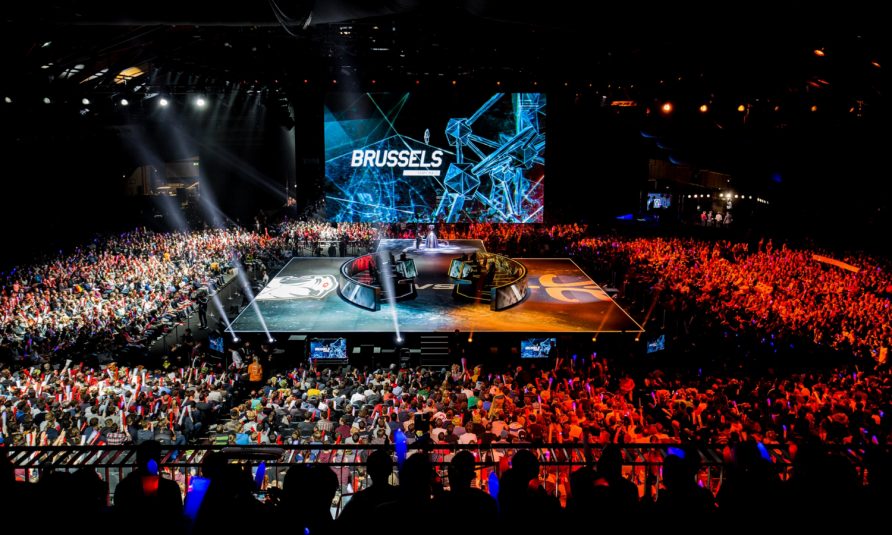SuperData Research CEO Joost Van Dreunen: Esports Viewers Don’t Care About Production Value, but the Industry Needs It
Do esports audiences offer networks the spillover effect of traditional sports?
Story Highlights
The numbers surrounding esports viewership are eye-opening, but the questions from sports-media companies remain: what’s the role of the broadcaster, and will the efforts ultimately pay off?
At the Cynopsis World eSports Summit in New York this week, Joost Van Dreunen, CEO of media-research firm SuperData Research, touched on a few key metrics relevant to the media-production market. The reach is undoubtedly tremendous, with esports reaching 258 million viewers worldwide* (and 93.7 million of those are people don’t even play the game they are watching), but what they expect from a viewership experience remains cloudy.

Events like Riot Games’ League of Legends draws thousands of attendees to tournaments and hundreds of thousands of viewers worldwide, but what role will sports-media companies play in broadcasting these events?
In a telling piece of anecdotal evidence, Van Dreunen compared two different esports productions: Turner Sports’ ELEAGUE, a highly produced spectacle for fans in the arena and watching at home, and a recent EVO (Evolution Championship Series) tournament, which takes place in a large ballroom in a Las Vegas hotel on nothing more than a sea of rented tables and chairs. Each event had a similar reach among males aged 18-34, the sweet spot for esports marketers and advertisers.
“Despite [the] production value, that doesn’t seem to matter much to the audience,” Van Dreunen observes. “They love the game, and that’s why they come, not because it looks amazing. A lot of the values that we bring to the business don’t necessarily apply to this audience.”
That said, he acknowledges that that may need to change for esports to blossom into the lucrative business that many in the industry expect it to be. Can esports shake off its amateur ways and become more highly produced?
“Can it get from what we know it to be now — this homemade, duct-tape activity — to something that’s more glorious and a championship of its own and actually makes money for all of us?” he asks.
Another double-edged sword for media companies is that there is a tremendous built-in loyalty within the broad and diverse esports community, but is there growth, and will esports prove to be a property that brings eyeballs and money to all?
“When you look at a property like the NFL,” says Van Dreunen, “it has tremendous spillover effect and brings people over to the station and other shows do well as a result. But where’s the money in that for esports?”
The first step, in his opinion, is to make esports more accessible to the mainstream. In some cases, measures are already being taken to do that. One of the most popular esports games is League of Legends, for which Riot Games has built television events on ESPN and Big Ten Network. Riot works to unclutter the screen, which is typically viewed on a PC by players but can provide an overwhelming amount of information for a casual viewer to process.
“For many of the uninitiated. when you watch a League [of Legends] game, it’s very difficult to understand what is going on,” notes Van Dreunen. “Who is doing what and why? Emphasizing different aspects of the game — which we have seen done in traditional sports — gives you something that’s much easier to watch.”
*SuperData Research’s study notes that an additional 123.5 million people worldwide who play videogames but don’t consider themselves watchers of esports.
